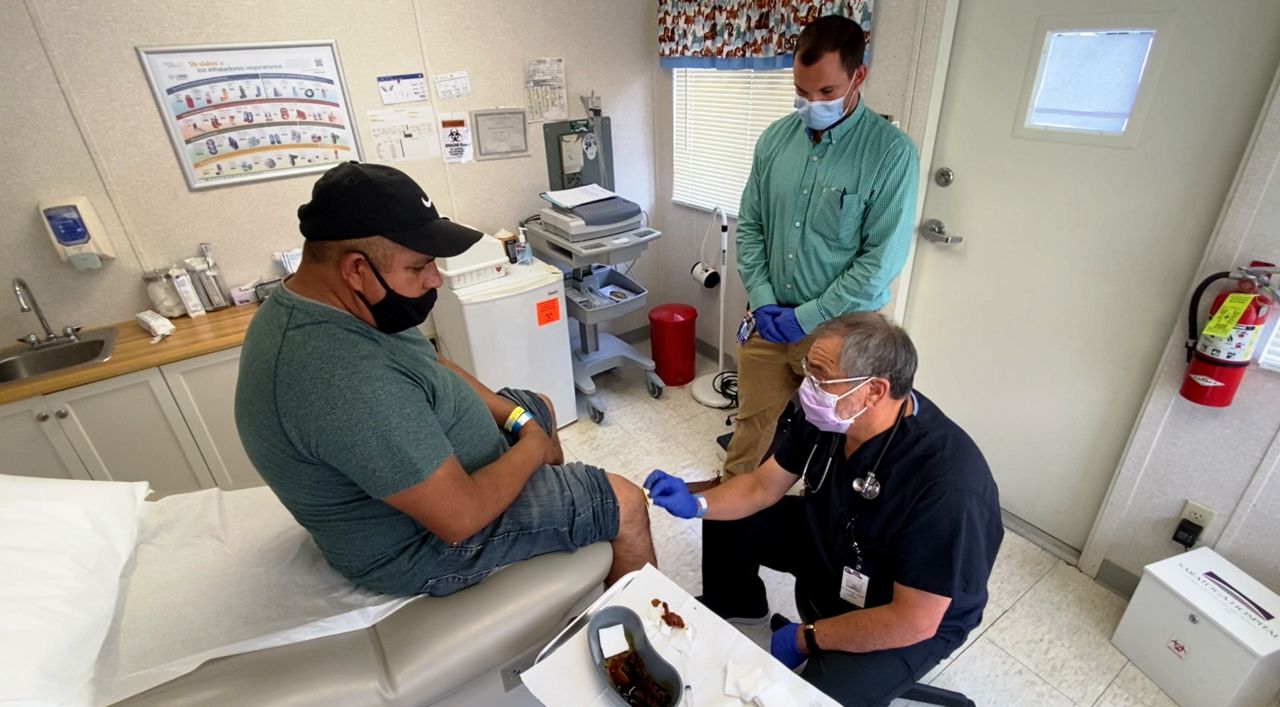Insurance rates in the individual market will increase by 1.8%, while small group plans will see a 4.2% rise, New York insurance regulators on Thursday announced.
The increase in the individual market rate is the lowest hike since the Department of Financial Services was given prior approval authority over the premium rates 10 years ago. And the small group plan rise is the second smallest increase during that same time period.
Overall the rate increases are far smaller than what insurance companies had initially sought, representing an 85% reduction in the individual market overall, a savings of $221 million. In the small group plans, the rates are being reduced by 63% from what companies sought, a move that would save small businesses that buy those plans more than $565 million.
More than 1.2 million New Yorkers use either individual or small group plans.
“New York stepped up and flattened the curve, but consumers are still feeling the economic effects of the pandemic. Our number one job is consumer protection and ensuring that quality, affordable health care is available to everyone in the state,” Financial Services Superintendent Linda Lacewell said.
“This year marks the tenth anniversary of the Affordable Care Act’s passage and, even as the federal government is trying to repeal the ACA – in the middle of the worst pandemic in a century – New York is fighting to ensure consumers’ access to affordable health insurance coverage and help maintain a robust, competitive marketplace.”
Some health inurance companies saw record profits in the first six months of the year due to the postponement of elective surgeries due to the coronavirus pandemic. That's reuslt in lower payouts for claims than initially expected.
But insurance companies maintain the pandemic has complicated their business as well.
The New York State Conference of Blue Cross and Blue Shield Plans in a statement pointed to the ongoing uncertainty created by testing, vaccine costs and treatments as well as pent-up demand for elective procedures.
"In addition, the possibility of a resurgence of the virus as schools and the economy continue to reopen cannot be ignored. The approved rates do not take into account the impact of these costs as well as existing dramatic increases in pharmaceutical and hospital costs," the conference said. "The approved rates have the real potential for creating financial losses that would weaken the solvency of some health plans, especially those not for profit plans. This concern is magnified by the unprecedented health care and economic uncertainty."


